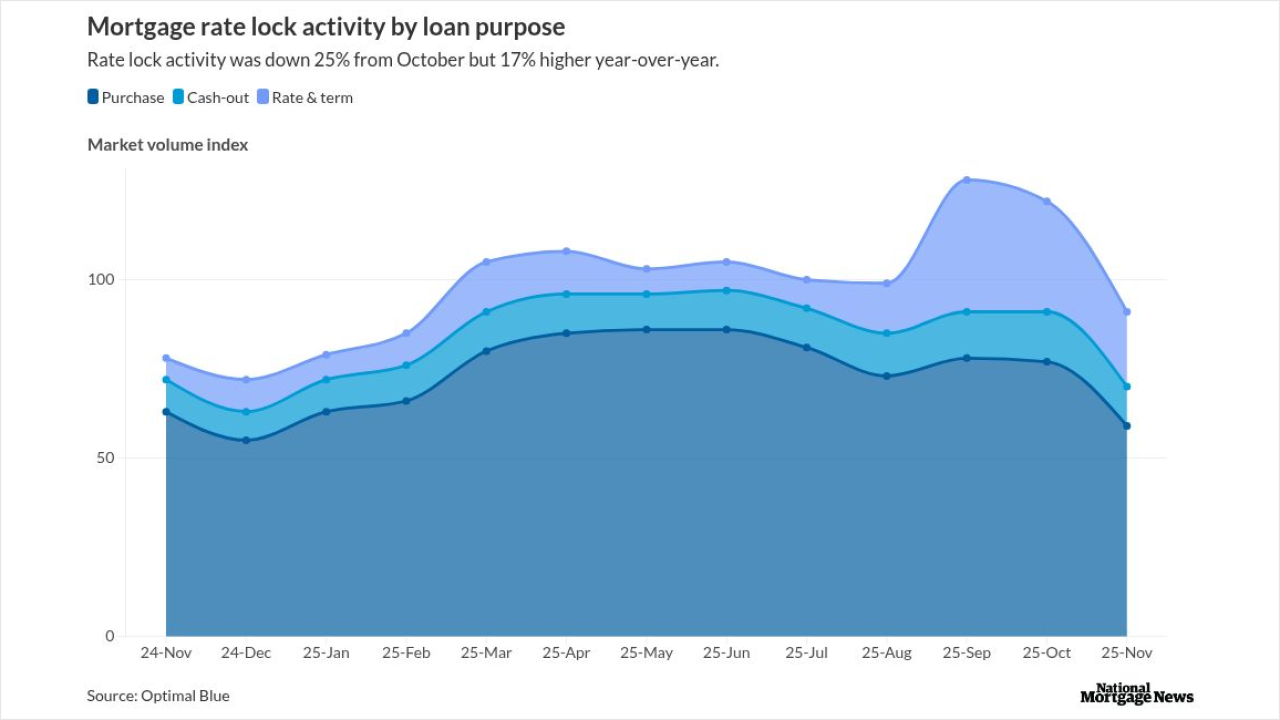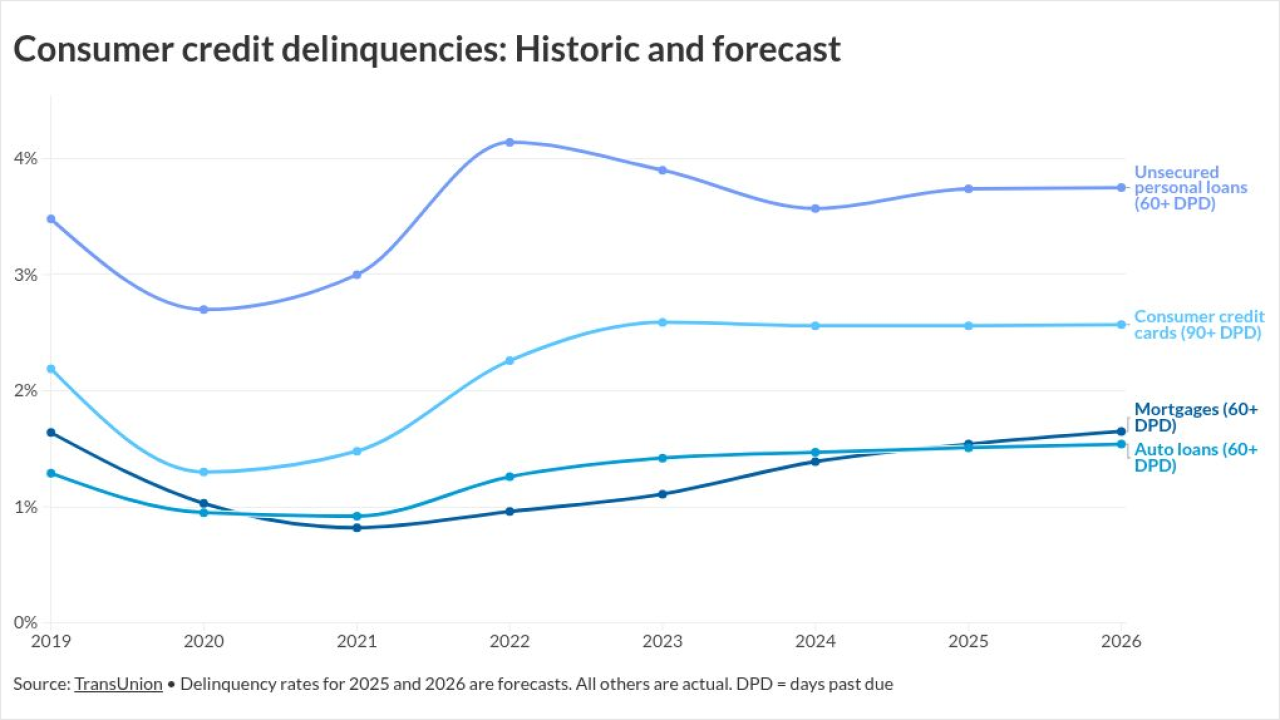New-home construction in the U.S. slumped more than projected in March, reflecting a broad-based retreat that showed the industry lost momentum heading into the busiest time of year.
Residential starts decreased 8.8% to a 1.09 million annualized rate that was the lowest since October and weaker than any forecast of economists surveyed by Bloomberg, Commerce Department data showed Tuesday in Washington. Permits, a proxy for future construction, also dropped.
The report, following figures on Monday that showed builder sentiment was little changed in April, may raise questions about the strength of the housing rebound at a time manufacturing has barely emerged from a slump and overseas markets are cooling. Homebuilding may plod along until faster wage growth and easier credit conditions accelerate sales and encourage construction.
“The housing recovery seems stuck in neutral,” said Millan Mulraine, deputy head of U.S. research and strategy at TD Securities USA in New York, who had forecast a decline. “We’ve seen strength in the labor market, improvement in consumer confidence, yet the housing recovery has been in low gear.”
The median forecast of 78 economists surveyed by Bloomberg called for a drop to 1.17 million.
Their estimates ranged from 1.12 million to 1.22 million. The
Housing starts have see-sawed in a narrow range over the past year, signaling the residential real estate rebound from the recession has petered out. The figures, however, can be very volatile, diminishing the significance of any one reading.
For example, the report showed there was a 90% chance last month’s figure was would be within a range of a 19.9% decrease to a 2.3% gain.
“We recommend taking the monthly housing numbers with a huge grain of salt, but there’s going to be a little more nervousness” given the weak recent data on industrial production and retail sales, Scott Brown, chief economist at Raymond James Financial Inc. in St. Petersburg, Fla., said before the report.
Permits decreased 7.7% to a 1.09 million annualized rate, the fewest in a year. They were projected to rise to a 1.2 million rate after 1.18 million the prior month, according to the survey median.
Construction of single-family houses dropped 9.2% to a 764,000 rate from 841,000 the previous month that was the strongest since October 2007.
Work on multifamily homes, such as townhouses and apartment buildings, declined 7.9% to an annual rate of 325,000, the fewest since February 2015. Data on these projects, which have led housing starts in recent years, can be volatile.
Starts decreased in three of four regions, led by a 25.4% slump in the Midwest. The Northeast was the only area to gain, jumping 61.3%, the report showed.
The National Association of Home Builders/Wells Fargo index of builder sentiment
Progress in the job market remains a mainstay for the residential real estate rebound. Employers added 215,000 workers to payrolls in March after a 245,000 February gain. The jobless rate, which edged up to 5% as more people entered the labor force, is hovering near an eight-year low. At the same time, worker pay is yet to show a sustained acceleration.
Borrowing costs remain historically low. The average rate for a 30-year fixed mortgage was 3.58% last week, the lowest since May 2013, according to data from Freddie Mac.
Sales and construction will benefit in the longer term as more young adults who delayed home ownership — in part due to the burden of student loans — improve their finances and begin to purchase entry-level dwellings in a bigger way.





